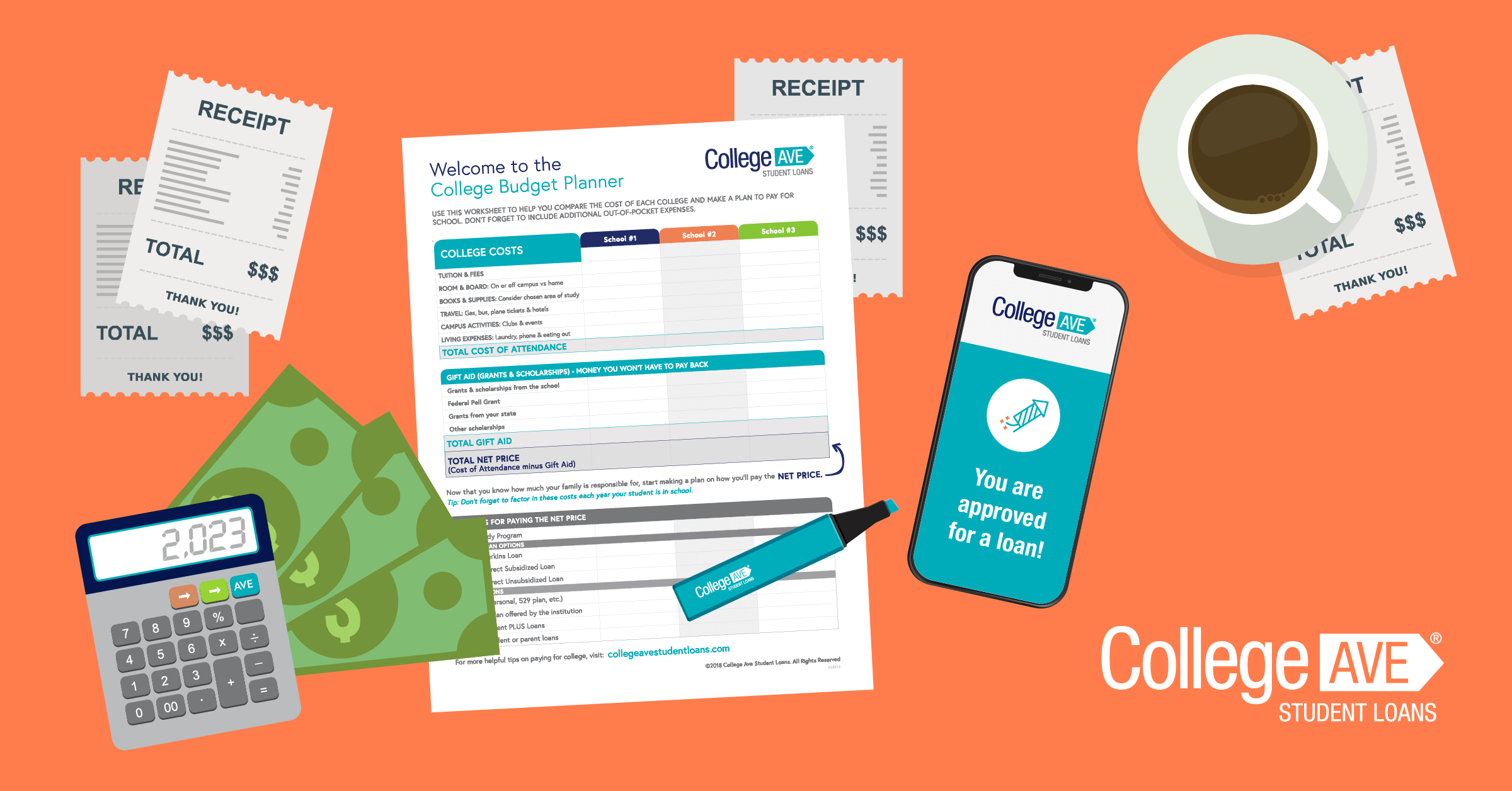
Sticking to a budget can be a considerable challenge for college students. Between rising tuition costs, housing, meal plans, furnishings, and all the other extraneous expenses, it’s easy for college students to lose track of their finances. However, learning to properly manage finances is one of the most important skills to master while in college. Financial literacy goes a long way in helping young adults feel more confident and independent–especially when, for many of them, college is their first time away from home.

I still remember the moment I realized the importance of managing my finances in college. It was my very first day as a freshman at Stanford University. My mom and I had just ridden the Greyhound bus all the way from Memphis, Tennessee, to Palo Alto. As soon as I stepped on campus, all the exhaustion from my trip transformed into excitement.
That day, my mom handed me $70. She thought that would be enough to last me through my first quarter, and I thought it was a lot of money, too, at the time.
A few hours later, I went to buy my textbooks at the bookstore, and the total price was over $350–and that was in 1983! I had to ask a friend I’d just met to loan me the money to pay for the books, and by the next day, I was looking for a job to pay him back. Throughout my four years in college, I worked as many as three jobs at once to help pay my tuition and earn a little extra to still have fun on campus.

Now, forty years later, I have a daughter who is a junior at Oberlin College and is navigating how to manage her finances. During her three years there, she has learned five key steps to stress-free budgeting that will help any college-bound student better manage their finances.
-
The first step is the most important. Have your college-bound student write down and record all their non-voluntary expenses every semester. This includes tuition, meal plans, housing expenses, textbooks, and any other expenses they’ll have to pay in order to attend. Like most college students, my daughter will not be paying this total amount out of pocket every semester, but it’s critical to be aware of the costs. My daughter always checks her student loan principal every semester, so she’s conscious of how much money she’ll need to save to pay it back later.
-
The next step is for them to find a good-paying job they have time for, based on their course load and extracurricular commitments. In order to have a proper budget and extra cash to spend on themselves, they need to have a source of income. My daughter works at an event space on campus and as a tutor for local middle school students. Both jobs have flexible hours and give her plenty of time to study and spend with her friends.
-
The third step is to set a monthly budget. My daughter analyzes all her non-voluntary expenses and expected income for the semester to determine how much she can spend on eating out with her friends, shopping, and other activities around campus. Her goal for every semester is to save more than she spends. She is currently making about $1,000 per semester, and she saves $750 of that income and spends the other $250 on her personal expenses. The money she saves goes to paying back student loans and other more expensive activities like traveling with friends.

-
The fourth step is for your college-bound student to look for scholarships and grants to apply for–throughout all four years of college. Many colleges have funds set aside for students pursuing specific internships, academic programs, or learning opportunities. If your student regularly applies to these scholarships and grants, they can accrue a significant amount of money to lessen their tuition and future student loan debt. My daughter has been awarded $27,000 in scholarships and grants for various programs due to being proactive in this way.
-
The last step is for your student to learn how to be comfortable saying no to friends when certain activities are not in their budget. This was the hardest for my daughter to learn because with all the opportunities and fun things to do in college, it’s easy to want to say yes to everything. However, when our students say yes to everything, they’ll end up with no money left in their bank account! My daughter has found many free or low-cost ways to spend time with friends, and as a result, she’s discovered activities that are even more fun than eating out all the time–allowing her to save money and grow her friendships.
These five steps are not meant to be done just once. They are more like principles that should be reassessed as often as possible. Your college-bound student might find managing their finances and keeping a budget difficult at first, but if they keep these tips in mind, it will become much easier. Most importantly, they will feel confident and ready to manage their finances after college as an adult.

